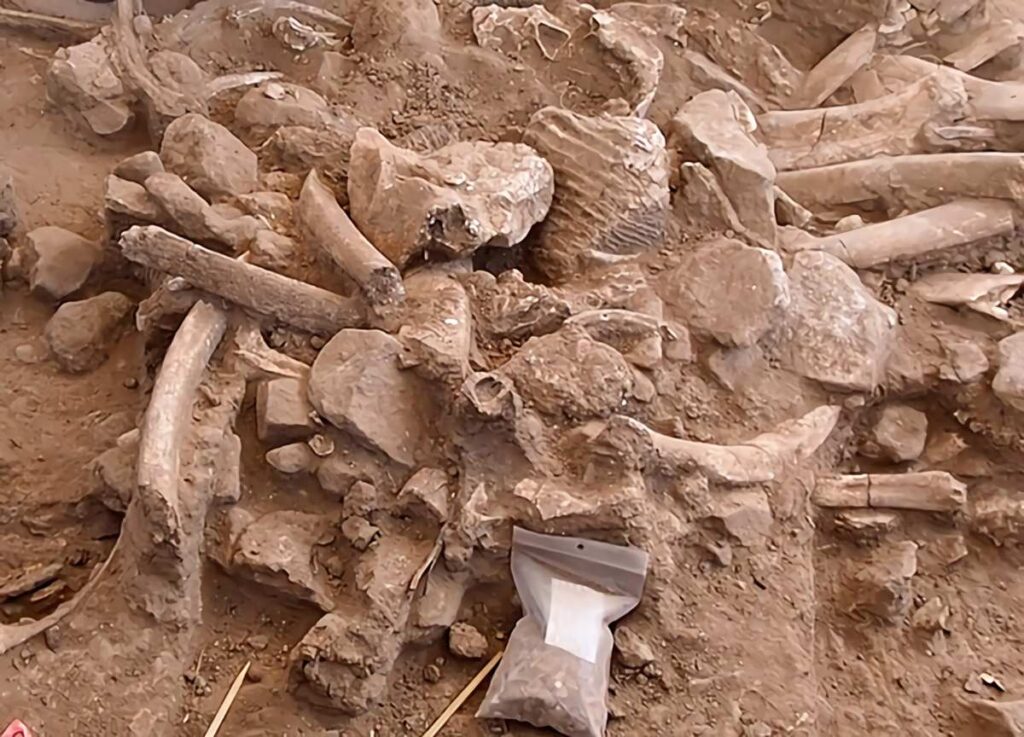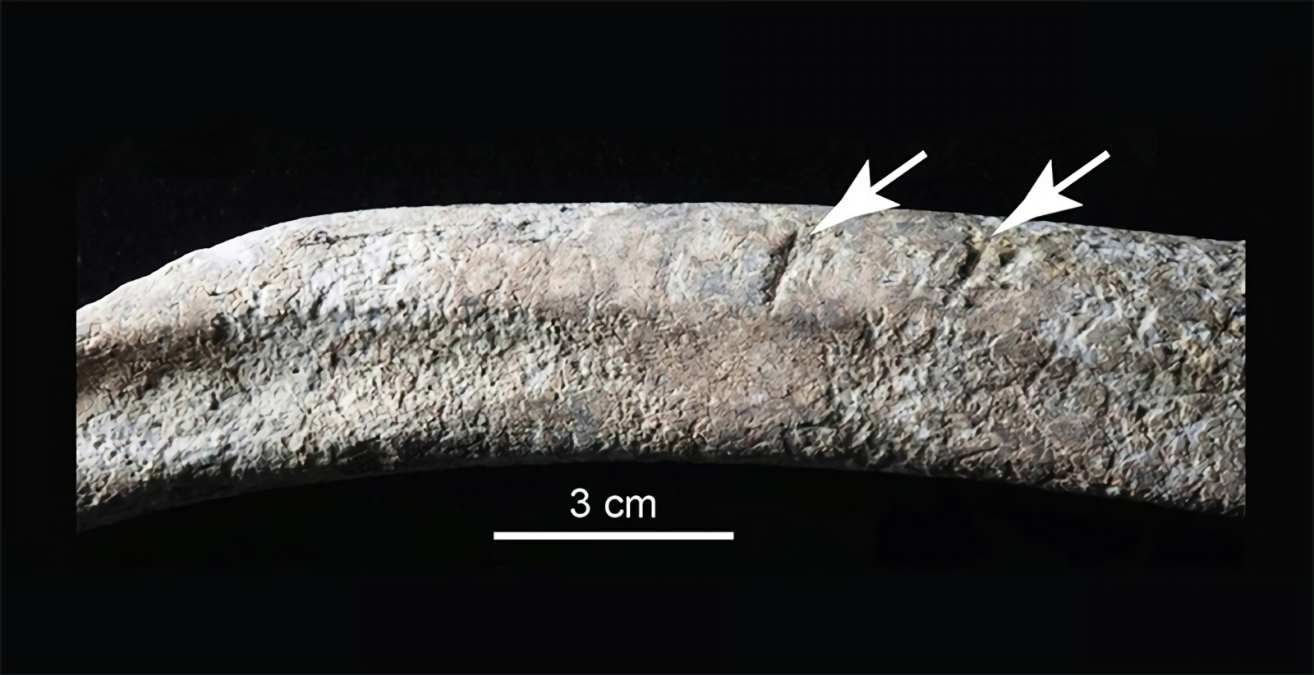Contrary to popular belief, there may have been inhabitants of North America more than 36,000 years ago, or roughly 20,000 years earlier than previously believed. A massive battle site on the Colorado Plateau in New Mexico serves as proof of this. Researchers have found bones with impact marks, scrapes, and holes that suggest human processing there as well as the remnants of campfires. This lends credence to the idea that people inhabited America prior to the conclusion of the previous ice age.
The current theory is that the first people did not cross the Bering Strait, which separates Asia and North America, until the end of the last ice age, or around 15,000 years ago. According to the long-held theory, they were then able to go south along the coast and via a channel in the interior ice that opened up about 13,000 years ago.
However, archaeologists have discovered evidence of a considerably older human presence all throughout the both American continents. These include scribe traces on animal bones from Alaska and Uruguay, 23,000-year-old footprints in the southern United States, and 30,000-year-old stone tools in Mexico, and scribe marks on stone tools found in Alaska.
Broken Bones

Timothy Rowe of the University of Texas at Austin and his colleagues have just found further evidence of early American colonization in the U.S. state of New Mexico. Rowe had by coincidence found the fossil bones of two Ice Age mammoths. Numerous pieces of these creatures’ bones were discovered in addition to a damaged cranium. Skeletons are not properly laid up; instead, the area is somewhat disorganized.
But it was this finding that caught his attention. The abundance of fractured and shattered bones and their haphazard placement indicates that the cadavers were disturbed later on, probably by early people. The location immediately identified itself as a potential battleground of the Clovis Culture. They used five distinct radiocarbon dating techniques to ascertain the age of the mammoth bones. They examined the collagen and other organic elements in the fossilized artifacts for this reason.
The results show that, depending on the dating technique, the age of the mammoth bones ranges from 31,000 to 38,000 years old. While the most trustworthy date points to 36,000 to 38,000 years ago. This indicates that the bones were created at least 15,000 years before the Clovis people arrived on the continent.
Drilled Holes By Human Hands

But why did people create these bone pieces? The researchers used a variety of high-tech methods to assess the findings, including chemical analysis, scanning electron microscopy, micro-computed tomography, and spectrometry. They discovered prominent circular holes in several bone pieces along the way, which at first look seemed to be caused by the predator’s teeth.
Predator bite marks are biggest on the outside and narrow to a point on the inside, therefore the form didn’t fit. However, these holes grew inward were smallest towards the bone’s surface. These ridges are characteristic of the traces left by a pointed instrument that has been drilled into a bone and then rocked back and forth, for example, to remove the internal fat and marrow.
Specific Bone Chips
A disproportionately high incidence of bone knockdowns—flat pieces from the tough shell of limb bones—was also unexpected. These knockdowns have a peculiar pattern that neither geological phenomena nor animal eating can account for. This is due to the fact that about 80% of these bone pieces were precisely parallel to or perpendicular to the line of the bones when they were chipped. This orientation was also used for secondary blows.
The scientists said that non-cultural bone findings had never shown such obvious consistency with the bone structure. Scavengers, trampling, and other nonhuman activities were taken into consideration, but it turned out to be quite improbable that the comprehensive, organized, and highly structured degradation of the bones was brought on by such factors. They believed that these bone pieces were created by humans to be used as tools, for instance.
Burned Fish Scales and A Bonfire
Microparticles from the site’s chemical analysis also revealed traces of human effect. Because they were discovered to be made of ash, charcoal, powdered bone, charred fish scales, bones, and other minute animal remnants. The location is around 230 feet (70 meters) away from the closest river, hence the fish artifacts are outstanding. They claimed that numerous prehistoric hearths often used bones and bone meal as fuel.
The researchers believe that this indicates that humans may have built campfires in addition to killing mammoths at this location around 36,000 years ago. These discoveries established a new standard for the settlement of the Americas. According to the results, there must have been a larger immigrant population before the Ice Age’s conclusion and the emergence of the Clovis people. However, it’s still unclear how, when, and from where they came to the continent.

